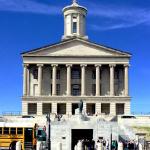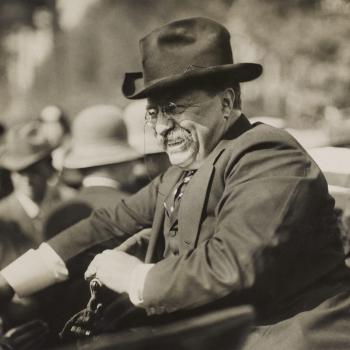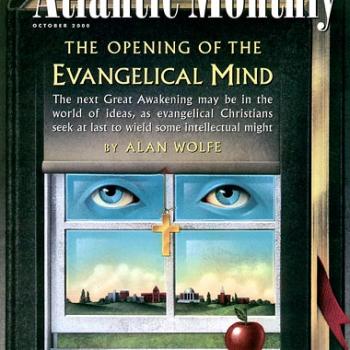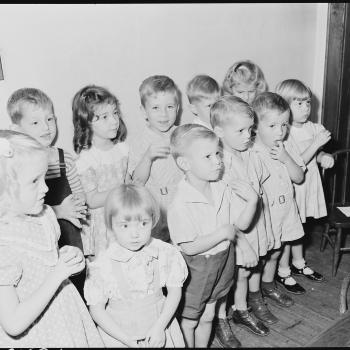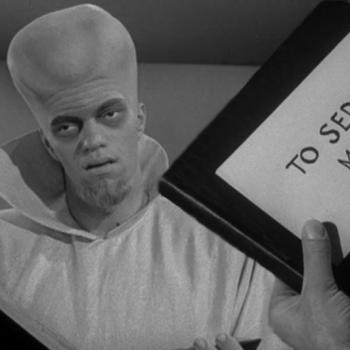They asked and I accepted. Christian History Institute requested an essay about John Williamson Nevin, Philip Schaff and the Mercersberg Theology and I wrote one. Mercersburg was the site of the German Reformed Church’s seminary, the institution where Nevin and Schaff taught. For a time they resisted the central trends of evangelical Protestantism in nineteenth-century America. Their reason was trying to adhere to a way of being Protestant that was closer to the Reformation than to the modernizing tendencies of revivalism and perfectionist holiness. Of course, they failed. But they represent the dilemma that confronts all those Protestants who know that Jonathan Edwards is not the same thing as John Calvin.
Here is an excerpt:
WHAT DOES IT MEAN to be a Reformed Protestant in the United States? A certain flower probably comes to mind—namely Calvinism’s five points of TULIP fame: total depravity, unconditional election, limited atonement, irresistible grace, and perseverance of the saints. Today many people first meet Reformed Protestantism through the “New Calvinism” made popular by organizations like the Gospel Coalition, pastors like John Piper and Tim Keller, and movements like the YRR (“young, restless, and Reformed”), all of whom emphasize a clarity on these doctrinal points as a counter to creeping modernism in the church.
However many confessional Reformed Protestant communions feel that TULIP’s five points—a bumper sticker rendition of the 1619 Synod of Dort’s major declarations—fail to capture the depth and subtlety of what it means to be Reformed. In its zeal to recover the Reformation, New Calvinism has been criticized for stressing Dort’s declarative doctrines over the way that, in the sixteenth and seventeenth centuries, the Reformed churches practiced pastoral ministry and worship. Indeed when Reformed churches created a separate identity from Lutherans and Anglicans, they originally understood that Christianity involved much more than doctrines of original sin, justification by faith, or predestination. And if twenty-first-century Reformed churches in the United States have trouble differentiating themselves from the New Calvinism as they attempt to retrieve the past, that challenge actually first surfaced during the middle decades of the nineteenth century.
The benevolent empire
During Charles Finney’s (1792–1875) famous revivals, a cooperative spirit arose that prompted a series of voluntary associations—everything from Sunday school and Bible societies to temperance and antislavery organizations. These movements blended Protestantism with the spirit and demands of the new nation in ways that made the church of the Reformation look odd and impractical.The Benevolent Empire—as the movement was called—now sought to make new converts through a modified Calvinism taught by those like Nathaniel Taylor at Yale Divinity School. Many felt this smoothed hard edges of the faith away in the service of evangelizing the new nation.
The cooperative and pragmatic Protestantism of Finney, Taylor, and others also wedded Christianity to the spread of Western civilization. They and other East Coast Protestants fully expected to take the faith (and its supporting institutions) to the frontier (and to foreign lands through missionaries) and so establish a Christian society.
Ethnic Protestants—especially Dutch and German immigrants—resisted. They tried to maintain Old World traditions and institutions even as church members assimilated as Americans. Many of these “hyphenated” Protestants held on to the confessions, church polities, and liturgies of Europe’s Protestant establishment.
Some Presbyterians of Scottish and Irish heritage, called “Old School” and already at home in North America for a century or so, resisted the Benevolent Empire in hopes of maintaining the teaching and practice of the Westminster Confession and Catechisms. German Reformed, Dutch Reformed, and Old School Presbyterians, along with Lutherans, all represented an alternative to the evangelical Protestant mainstream that began to coalesce during the two decades before the Civil War.
You may read the whole piece here.

